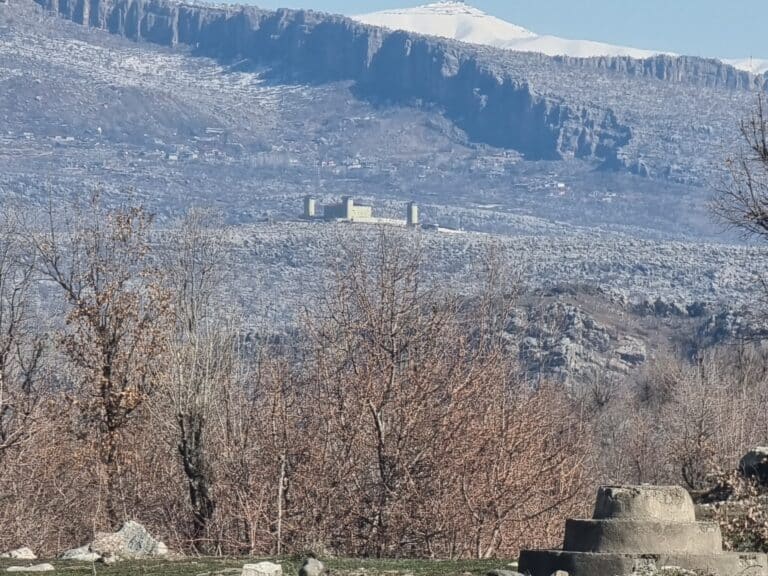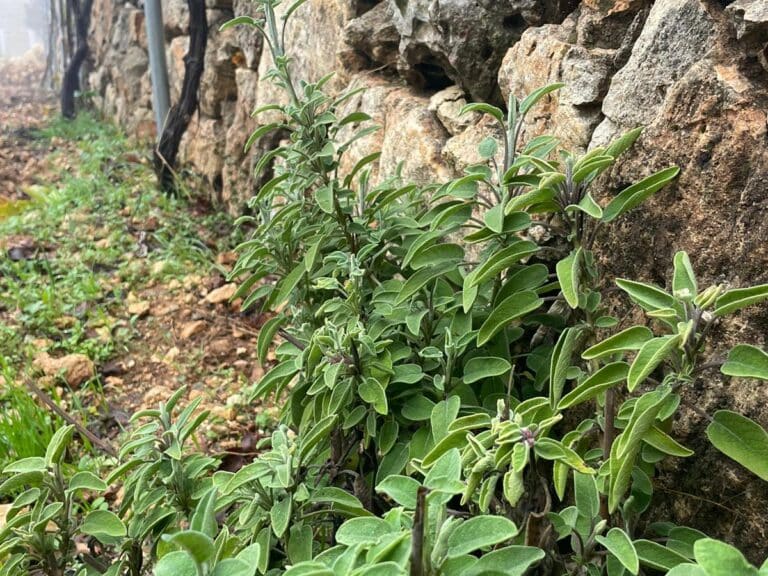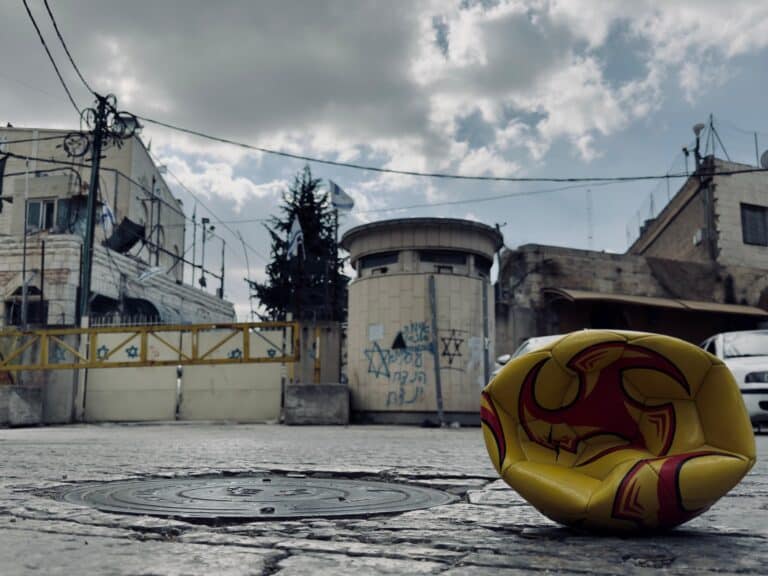In Colombia, the distribution and ownership of land has been an issue that has historically been present both in the different processes of social struggle and in the armed conflict. Small farmers, Indigenous peoples, and Afro communities continue to struggle against displacement, poverty, injustice and violence, to which the rural sector has been subjected since colonial times. The importance of land is paramount; solving the violence that Colombia has experienced lies in addressing the inequalities of access to land and the lack of development of the rural sector.
This July, CPT Colombia will present different events and articles where CPT partners will share their views on land issues and their centrality in the life of Colombian society.
Land Ownership, Mother Of All Conflicts
By Félix Posada Rojas
The past reality
The Indigenous peoples, the pre-Hispanic societies that existed in the territory that today is Colombia, did not experience conflicts over private property of the land. Within their cosmogonies or worldviews, mother earth was the origin and sustenance of life in their communities, and as such, land could not be parcelled out or distributed among a group of patrons, masters or lords. The European conquerors introduced into our territory the concept of “private property” of land. They stripped the indigenous peoples of their lands by blood and fire and made them serfs of the new social class of landowners.
The first beneficiaries of the land dispossessions were the leaders of the conquest, their lieutenants and soldiers who were “rewarded” with this initial distribution. The “hacienda” (estate) was configured within a classist and racist model of colonial society. White people who arrived from Spain had all the social privileges by virtue of their skin colour and European origin. At the same time, Mestizos, Indigenous people and later enslaved Black people were systematically excluded from access to the strata of political, economic and religious power in the dominant system.
This system of haciendas, imposed in the 16th century and still in force in most Latin American countries today, copied the model of large estates held by the aristocracy of Spain. Above all, land ownership was a symbol that reflected the political power that they monopolized in Spain, created by the Catholic monarchs Isabel and Fernando.
The Catholic Church, a fundamental ally of the Spanish crown in the colonial domination system, also benefited from the distribution of land. At the beginning of the 19th century, when the process began that led to the independence of what is now Colombia from Spain, the religious institutions attached to the church: religious orders, dioceses, parishes, convents, and confraternities had control of a third of the lands of the country at that time.
The model of the great hacienda was consolidated during the colonial era thanks to donations from the State through auctioning and purchasing vacant land or appropriation of the same by large landowners. In reality, very few large estate lands were exploited commercially: the majority remained idle, while the indigenous people, thanks to the Laws of the Indies issued by Carlos V, received as a “consolation prize” from the crown the right to possess reservations or communal lands for their survival.
With the few lands in use, it was enough to supply the few cities and towns of the New Granada, the name given to the territory of Colombia in the colonial era. The interest of the Crown was centred on the exploitation of gold and silver with which it paid the numerous wars that the Spanish monarchy had promoted in Europe and the court bureaucracy, while the majority of the Spanish people lived in poverty, victims of the parasitic economic regime imposed on the country.
Between 1885 and 1930, a conservative regime was established in the country that supported the structures of agrarian property dominated by the large estate in much of the country. The landowners imposed on peasant sharecroppers or day labourers a servile regime. Through the permanent “indebtedness” of the workers with the masters, they ensured that they can never leave the estate and that they work exclusively to expand the wealth of the masters without earning any salary. For those who resist, the laws of the time allowed the landowners to become police authorities and imprison the reluctant peasants in private prisons located on the haciendas. Against these and other injustices, the peasants of haciendas in departments such as Cundinamarca, Boyacá, and Santander rebelled, creating the so-called peasant leagues at the end of the 1920s. The confrontation between landowners and peasants was partially resolved by the Liberal government of López Pumarejo when the Law 200 of 1936 was issued. The law authorized the purchase of the estates by the State and their division among the peasants.
However, López himself, pressured by the conservative opposition and by people from his own party, reversed the provisions of the 1936 law with Law 100 of 1944 during his second government.
The historical period that is known in Colombia as La Violencia (1948-1958) resulted in the expulsion of more than a million small and medium landowners from their lands, especially in the center-west coffee-growing region of the country, and the consolidation of interests of the large landowners in these key territories for the economic development of the country.
During the National Front (1958-1974), President Lleras Restrepo (1966-1970) attempted to carry out an agrarian reform, following the policies recommended by the United States in its “Alliance for Progress” program, but the political opposition of the large landowners and their allies made a point of sinking it in the following government of Misael Pastrana (1970-1974).
The current reality
Today, land ownership in Colombia continues to exhibit abysmal inequalities.
The national agricultural census, carried out by the DANE (government institute of statistics) during the government of Juan Manuel Santos (2010-2018), revealed that of the 113 million hectares in the country, only 6.3% of them, that is, about 7 million hectares are cultivated.
Only 0.44% of landowners control 40.1% of the land in the country. Meanwhile, 69.9% of owners have barely 5% of the land in the country. They represent properties smaller than 5 hectares.
The contrast is outrageous: Colombia has more than 20 million hectares of land suitable for crops, yet it currently imports 30% of its food in the country.
There are about 33.8 million hectares wasted in extensive cattle ranching pastures.
64.6% of the cultivated area is used for agribusiness, including export crops such as oil palm, which occupies more than 15% of the planted hectares.
Coffee employs more than 600,000 small farming families and occupies 28% of the agro-industrial area of Colombia.
According to an Oxfam report, the Gini coefficient[1] for the unequal distribution of land in Colombia is one of the highest in the world: 0.88. We surpassed the Gini of Latin America which is 0.79 and, needless to say, those of Europe (0.57); Asia (0.55) and Africa (0.56).
The Gini coefficient goes from 0 to 1. The closer it is to 1, the more inequality there will be.
The United Nations Food and Agriculture Organization (FAO) states that 82% of productive land in Colombia is in the hands of 10% of landowners.
Meanwhile, the Agustín Codazzi Institute, an institution of the Colombian State, confirms that 1% of the country’s rural properties cover 72% of the rural area of Colombia. This same institute has collected information on how the Colombian territory is divided according to its use, namely:
42.5% of the country’s land, some 48.5 million hectares, is owned by private owners—from agro-industrial companies to small peasant farms dedicated to basic food crops.
30.1% of the total, or 34.2 million hectares, belong to indigenous reservations, Afro-American communities and other ethnic groups recognized by the State. These groups and communities are made up of 1.9 million people.
Now, it must be clarified that most of these community-owned lands are not suitable for crops or other economic activities; They are forests or jungles that must be the object of conservation and protection.
9.9% of the total, that is, 11.3 million hectares, belong to areas protected by the State (National Parks). These territories host 90% of the illicit coca crops and are sources of deforestation.
0.7% of the territory corresponds to vacant land, unexploited land that the State owns. However, this figure is not very reliable because State itself does not know its true size.
About 10.7% of the land, that is, 12.1 million hectares, appears as property of the State. Perhaps these lands correspond to the mining and industrial concessions that the government has made to private entrepreneurs.
One last piece of information: The country’s rural lands are appraised 182 billion pesos (approx. 48 billion USD), while the urban lands are valued at 1,087 billion pesos (approx. 280 billion USD).
[1] https://en.wikipedia.org/wiki/Gini_coefficient
Félix Posada Rojas: Co-Director of the Popular Ecumenical Center of Communications for Latin America CEPALC: Historian, Sociologist, Analyst of Global and Latin American contexts, Writer and Poet. He is a great friend of Christian Peacemaker Teams and has shared his wisdom of the Colombian context to CPT delegations during the last 20 years that CPT has been in Colombia.






